15 Myths About Wolves Debunked By Wildlife Experts
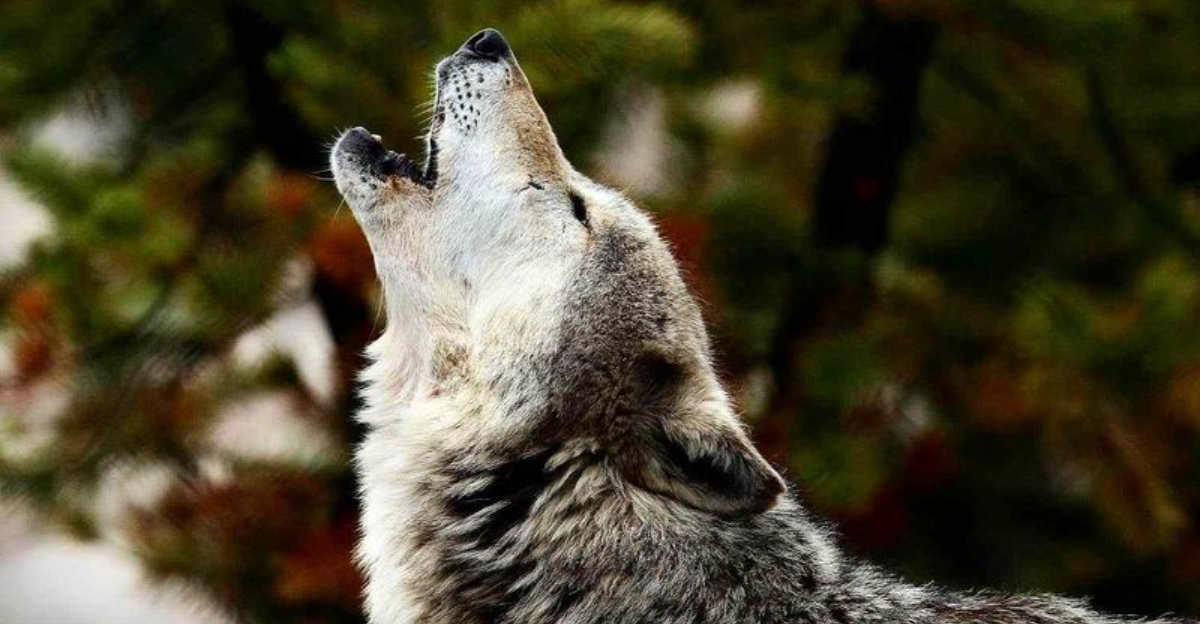
Howling at the moon, stalking through forests, and hunting in packs – wolves captivate our imagination but often for the wrong reasons.
From fairy tales to Hollywood movies, these magnificent creatures have been misunderstood for centuries. Wildlife experts have worked tirelessly to separate fact from fiction about these intelligent predators, revealing a very different picture than what most people believe.
1. Wolves Don’t Actually Howl At The Moon
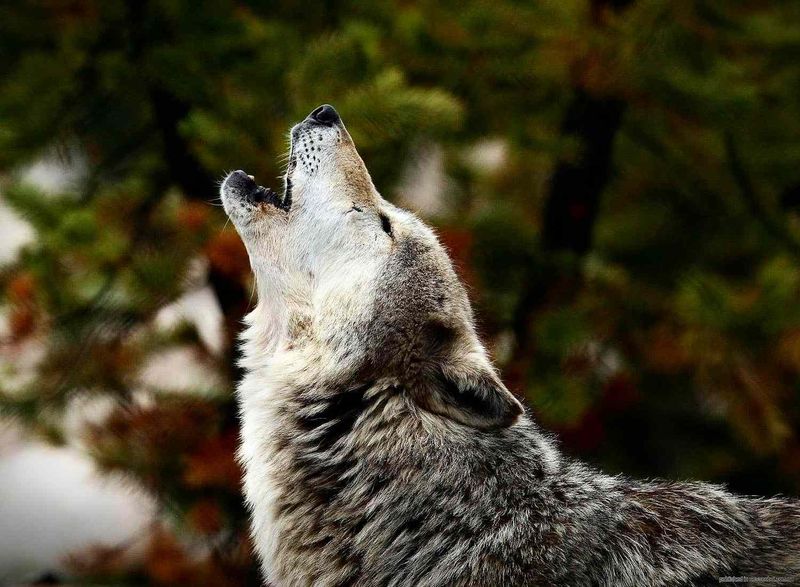
Forget what cartoons show you! Wolves howl to communicate with pack members, not because they’re moon-worshippers. Their upward-tilted heads simply project sound farther, helping locate distant pack members or warn off intruders.
Howling serves as their long-distance telephone system in the wild. Scientists have even identified different howl types for various social situations.
2. They Aren’t Mindless Killing Machines
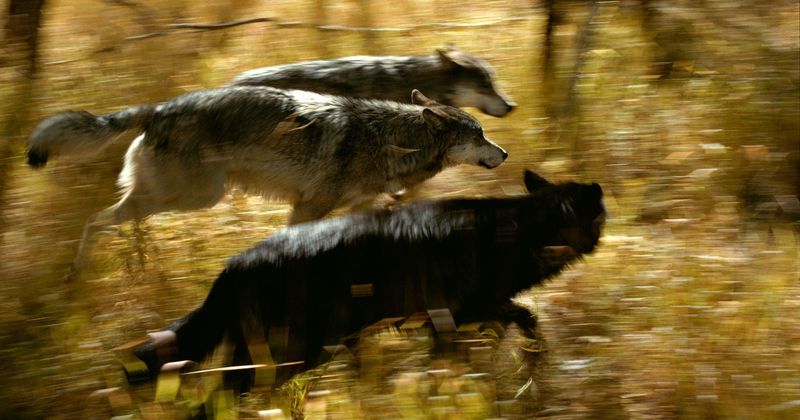
Contrary to scary stories, wolves don’t kill for sport or pleasure. Every hunt serves a purpose—food, territory protection, or teaching young pack members. Failed hunts happen frequently, with success rates often below 20%.
Most wolf encounters with livestock occur when natural prey becomes scarce. These calculated hunters take significant risks during hunts and avoid unnecessary confrontations.
3. Wolves Rarely Attack Humans
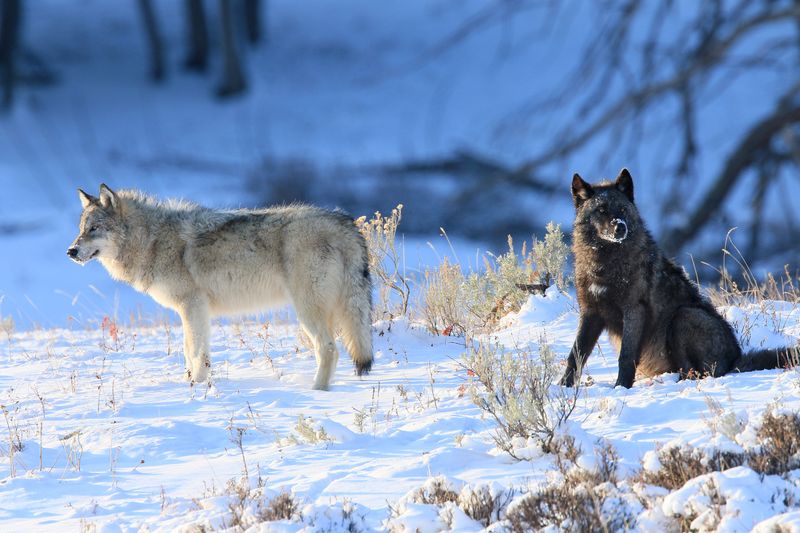
Lightning strikes pose more danger than wolf attacks! Documented cases of healthy wild wolves attacking humans remain extraordinarily rare worldwide. Most wolves actively avoid human contact, slipping away before you even notice them.
In North America, no fatal attacks by healthy wild wolves occurred throughout the entire 20th century. These animals typically flee at the first sign of human presence.
4. The Alpha Wolf Concept Is Outdated

Forget the “alpha wolf” dominating through aggression! This concept came from studying captive wolves from different families forced together. In the wild, wolf packs are typically family units—parents and offspring working cooperatively.
Leadership resembles human families more than dictatorships. Parents guide hunting, territory defense, and pup-rearing, teaching rather than dominating their young.
5. Wolves Don’t Decimate Game Populations

Hunters sometimes blame wolves for declining deer or elk numbers, but ecology tells a different story. Wolves typically target vulnerable animals—the sick, injured, or very young—actually strengthening prey populations by removing weaker individuals.
Studies in Yellowstone showed elk became more vigilant after wolf reintroduction. This changed grazing patterns, benefiting the entire ecosystem from plants to beavers to songbirds.
6. Lone Wolves Aren’t Social Outcasts
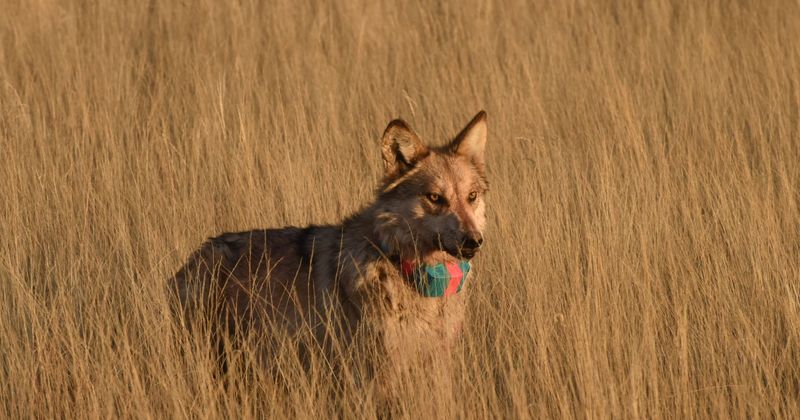
Despite the negative connotation, “lone wolves” aren’t rejects banished from their packs. Young wolves naturally leave their birth packs between 1-3 years old to find mates and establish new territories—a biological dispersal mechanism preventing inbreeding.
This solitary period is temporary as they search for partners to start new families. Some travel hundreds of miles during this journey.
7. Wolf Pups Aren’t Born Vicious
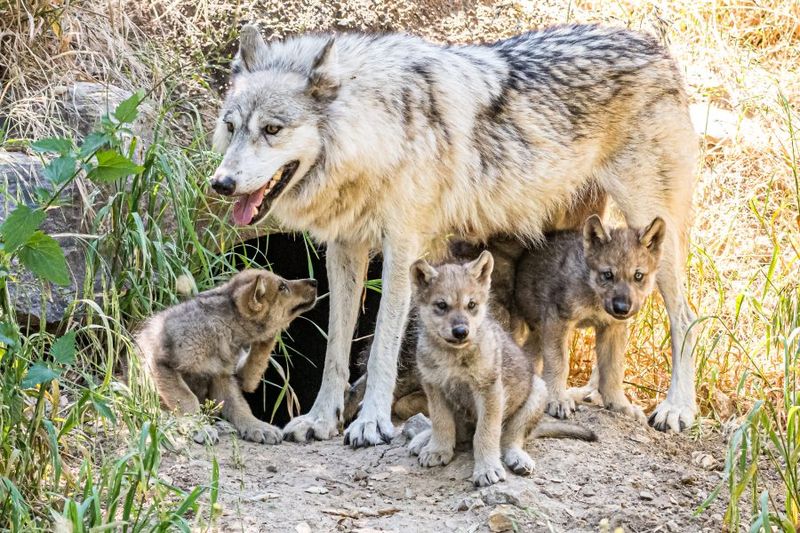
Baby wolves enter the world blind and deaf, weighing just one pound—a far cry from fearsome predators! All pack members, not just parents, help raise these vulnerable pups through a process called alloparenting.
Playful and curious by nature, wolf pups learn hunting skills through games like tug-of-war and chase. Their development includes months of socialization before attempting their first hunts.
8. Wolves Don’t Have Supernatural Senses

Fairy tales exaggerate wolf senses to supernatural levels. While their smell is impressive—100 times stronger than humans—and they can hear frequencies up to 26 kHz, wolves aren’t magical creatures who can detect humans miles away.
Their eyesight excels at detecting movement but struggles with stationary objects. These balanced senses work together during hunting, with scent being their primary tracking tool.
9. Wolves Aren’t Just Gray
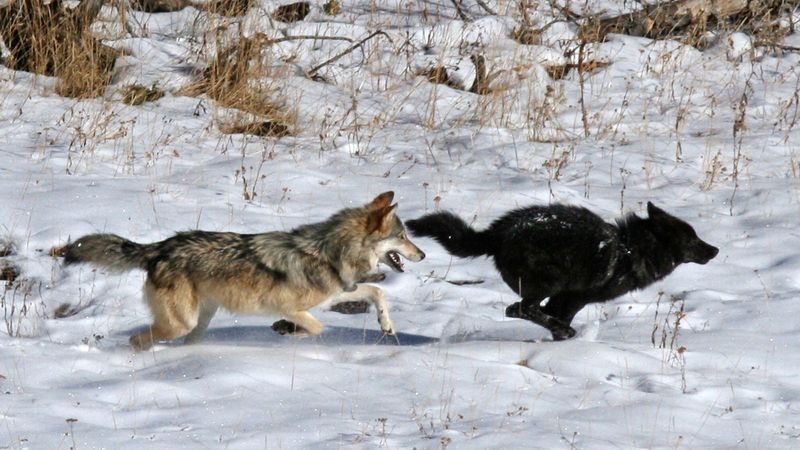
Gray wolves aren’t always gray! Their coats span from pure white in Arctic regions to black, brown, tan, and reddish hues. This variation helps with camouflage across different habitats and seasons.
Even within the same litter, pups can display different coat colors. North American wolves tend toward lighter colors in northern regions and darker shades in forested areas—natural selection at work.
10. Wolves Don’t Need Wilderness To Survive
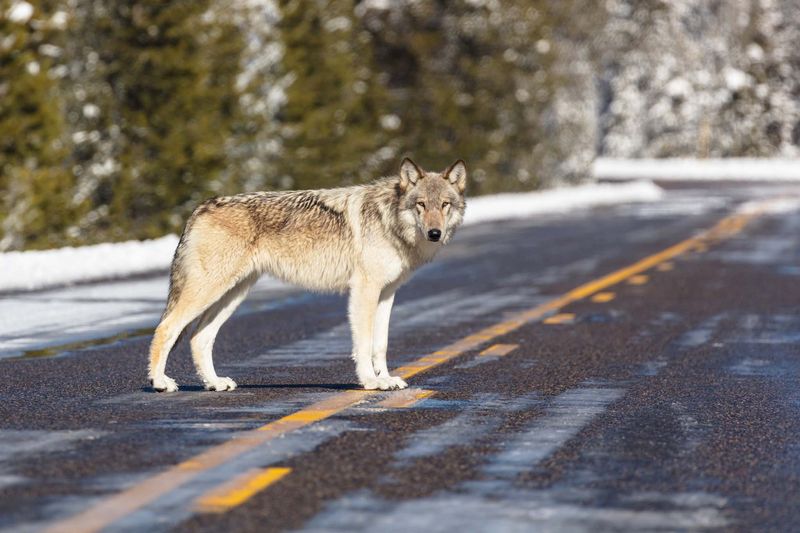
Adaptability defines these remarkable canids! While we picture wolves in remote wilderness, they successfully inhabit varied landscapes from Arctic tundra to desert edges. European wolves even thrive in agricultural areas with high human populations.
Their key requirements are sufficient prey and limited persecution, not pristine wilderness. Some packs adapt to living near roads, railways, and even city outskirts, hunting at night to avoid human contact.
11. Wolf-Dog Hybrids Don’t Make Good Pets
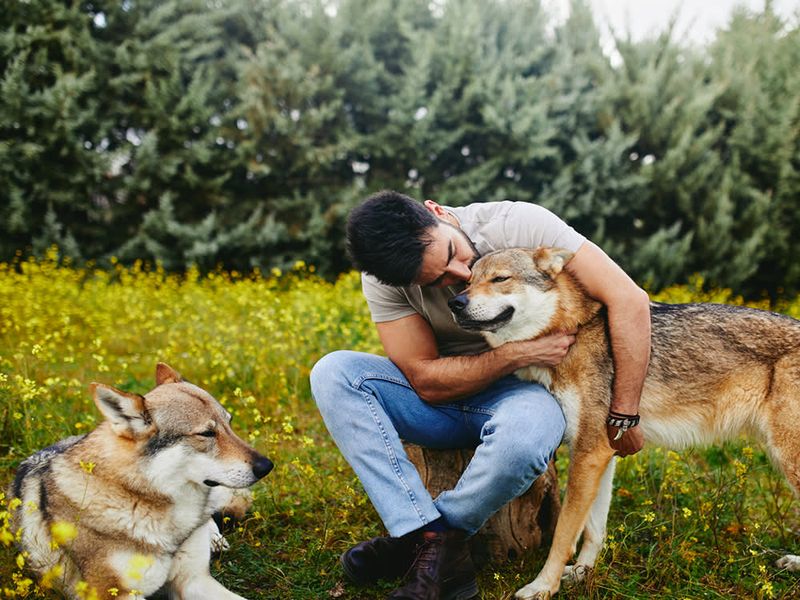
Hollywood romanticizes wolf-dog hybrids, but wildlife experts strongly discourage keeping them as pets. These animals retain wild instincts while lacking the fear of humans that keeps wild wolves naturally cautious.
Unpredictable behavior emerges as they mature, often around 2-3 years. Most states regulate or prohibit ownership, and thousands are euthanized yearly when owners can’t manage their complex needs.
12. Wolves Don’t Interbreed With Coyotes Naturally
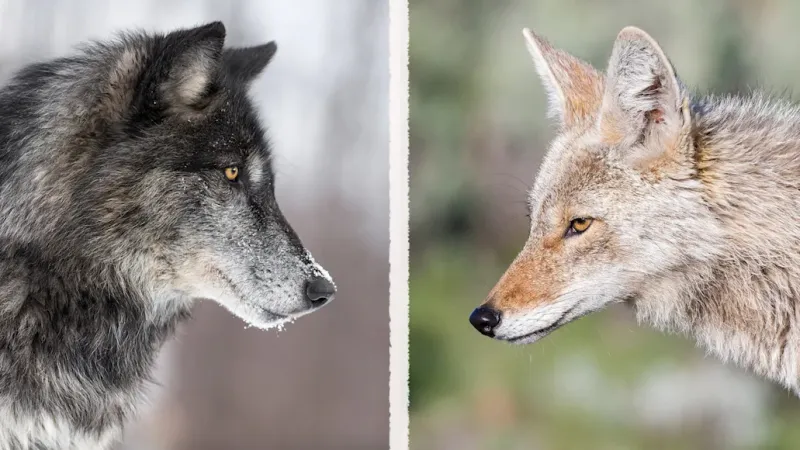
Under natural conditions, wolves and coyotes rarely interbreed—they’re competitors who actively avoid each other. Hybridization typically occurs when wolf populations become severely depleted, leaving individuals without proper mating options.
Human activities like habitat fragmentation and wolf culling create unnatural conditions for hybridization. Healthy wolf populations maintain distinct genetic lines, with both species preferring their own kind.
13. Wolves Aren’t Always Pack Animals
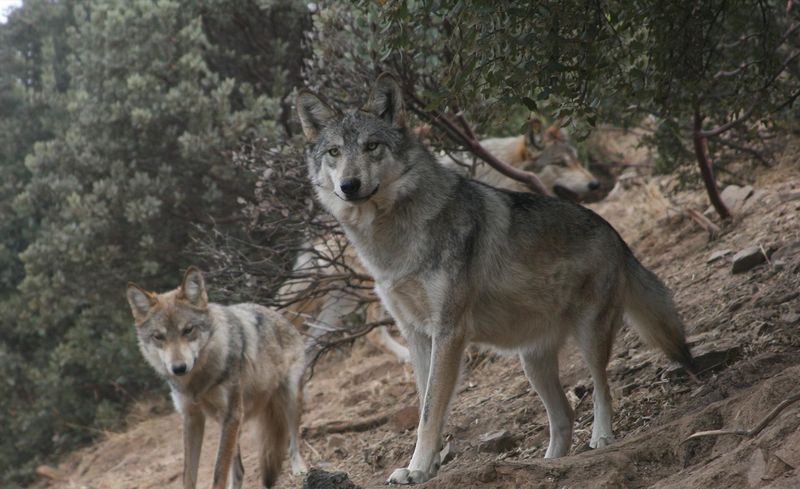
While we picture wolves in cohesive packs, their social structure varies dramatically across habitats. Arctic wolves form large packs of 20+ members where prey is scarce and hunting cooperation essential. Meanwhile, forest wolves sometimes hunt solo when pursuing smaller prey.
Pack size directly correlates with available prey size—larger prey requires more hunters. Some wolves even adopt seasonal social patterns based on changing food sources.
14. Wolves Don’t Need To Be Feared In Reintroduction Areas

Fear runs high when wolves return to historic ranges, but data shows minimal impact on human activities. Yellowstone’s reintroduction demonstrated wolves quickly establish natural patterns avoiding human contact.
Livestock losses typically affect less than 1% of animals in wolf territories. Modern management includes compensation programs and non-lethal deterrents like guard dogs and fladry—simple tools that effectively protect livestock while allowing coexistence.
15. Wolves Don’t Need To Be Hunted To Control Their Population
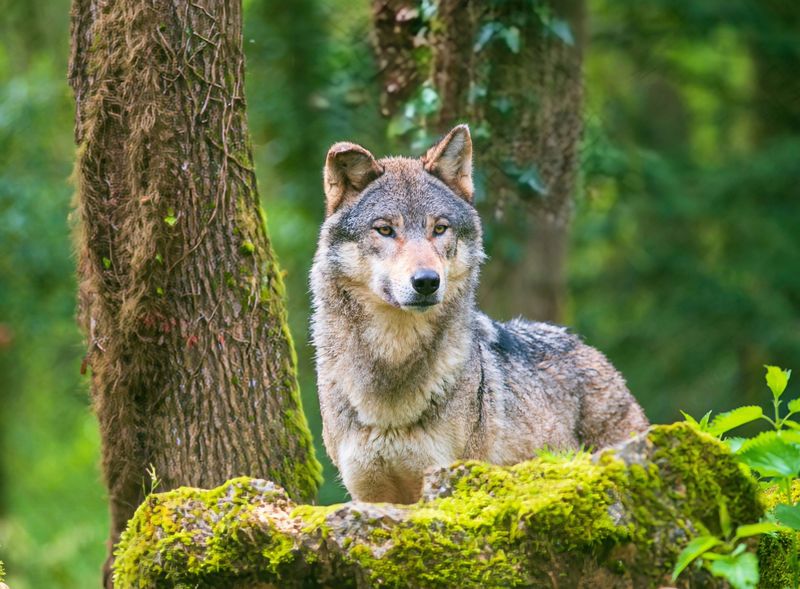
Nature regulates wolf numbers without human intervention. Pack territories, food availability, and disease naturally limit population growth. Wolves maintain stable numbers through internal mechanisms like delayed breeding in younger pack members.
When artificially reduced through hunting, wolves often respond with increased reproduction rates. Studies show stable packs with experienced leaders actually take fewer livestock than disrupted populations—making aggressive control counterproductive.






